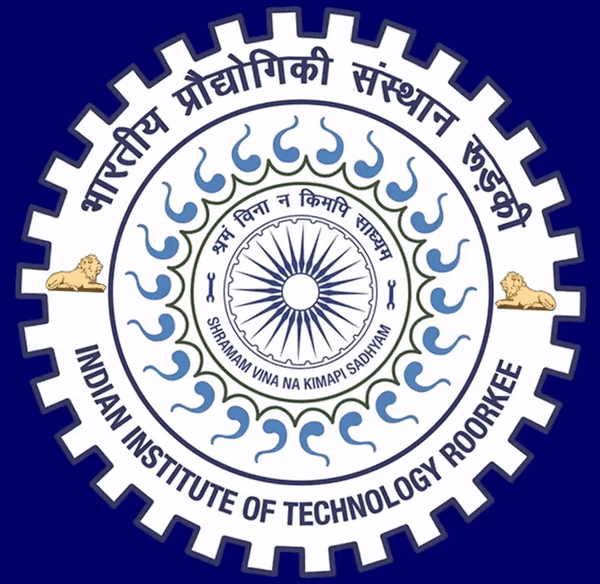1. Organometallic Chemistry
Our research group focuses on the design, synthesis, and characterization of novel transition metal and organometallic complexes for applications in sustainable catalysis. We are particularly interested in developing efficient methodologies for C–H activation, including stoichiometric and catalytic functionalization of remote sp² and sp³ C–H bonds, aimed at synthesizing biologically active natural products, fine chemicals, and pharmaceuticals. Emphasis is placed on C–C and C–N bond-forming reactions via acceptorless dehydrogenation and borrowing hydrogen strategies, using a broad range of substrates such as ketones, indoles, oxindoles, and nitrogen heterocycles like amines, quinolines, and quinazolines, offering atom-economical and environmentally benign transformations.

2. Protein Aggregation and Metal Ion Sensing
Our research group focuses on the design, synthesis, and comprehensive characterization of novel transition metal complexes aimed at modulating protein–metal interactions. A key objective is to explore their potential in the detection and inhibition of pathological protein aggregation processes—particularly those associated with neurodegenerative disorders such as Alzheimer’s disease. This includes targeting amyloidogenic peptides like amyloid-β and prion protein fragments implicated in amyloid and prion aggregation pathways.

3. Studies on Ruthenium Nitrosyls
Our research group has been actively involved in the design, synthesis, and characterization of ruthenium-based nitrosyl complexes, with a particular focus on exploring their potential in various biological and biomedical applications. These complexes are being investigated for their promising activities in anticancer and antibacterial therapies, as well as their role in wound healing. The incorporation of the NO ligand into ruthenium coordination spheres allows for the controlled release of nitric oxide, a bioactive molecule known to influence cell signaling, immune response modulation, and tissue regeneration.

4. Bioinorganic Chemistry and Biomolecular Interactions
Our research group is primarily engaged in the design, synthesis, and detailed characterization of novel coordination complexes with a strong emphasis on their biological applications. These complexes are investigated for their potential as anticancer, antibacterial, and antimicrobial agents, as well as for their DNA-binding and cleavage abilities, which are crucial for understanding their therapeutic potential. A significant focus is also placed on developing biomimetic complexes that replicate the metal active sites of key metalloenzymes, such as superoxide dismutase (SOD), tyrosinase, and catechol oxidase.


